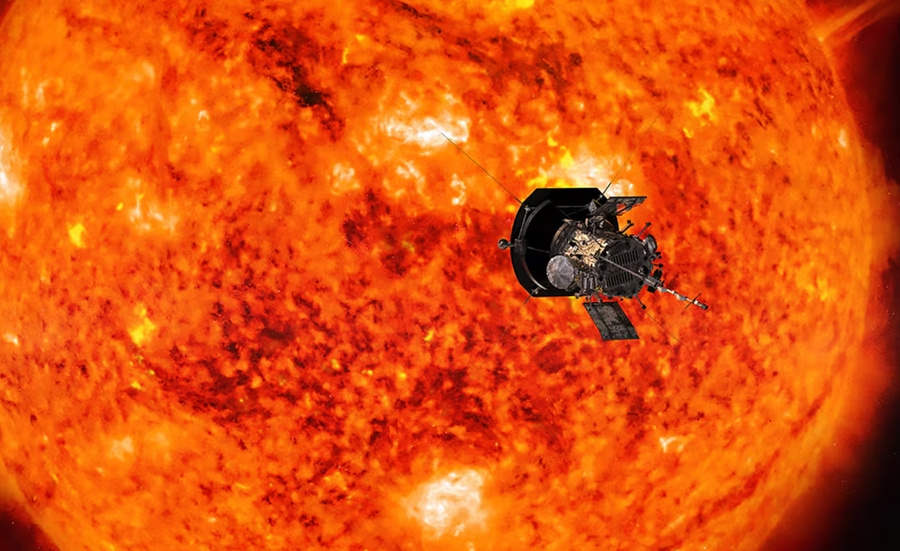
The United States space agency (NASA) said its solar probe, Parker, is "safe" and operating normally in the closest approach to the Sun made by any man-made object.
The spacecraft passed just 6.1 million kilometers from the solar surface on December 24, flying into the Sun's outer atmosphere, called the corona, on a mission aimed at helping scientists learn more about the star closest to Earth.
The agency said the operations team at the Johns Hopkins Laboratory for Applied Physics received a signal from the probe shortly before midnight Thursday.
The spacecraft is expected to send back detailed telemetry data about its condition on Jan. 1, NASA added.
Traveling at a speed of 400,000 miles per hour, the spacecraft endured temperatures of up to 982 degrees Celsius, according to NASA's website.
"The close study of the Sun enables the Parker probe to make measurements that will help scientists better understand how material in this region is heated to millions of degrees, trace the origin of the solar wind [a continuous flow of material escaping from Sun] and discover how energetic particles are accelerated to nearly the speed of light," NASA added.
The Parker probe was launched in 2018 and is gradually orbiting closer to the Sun, using the rotations of Venus to gravitationally pull it into a closer orbit with the Sun./ REL (A2 Televizion)











